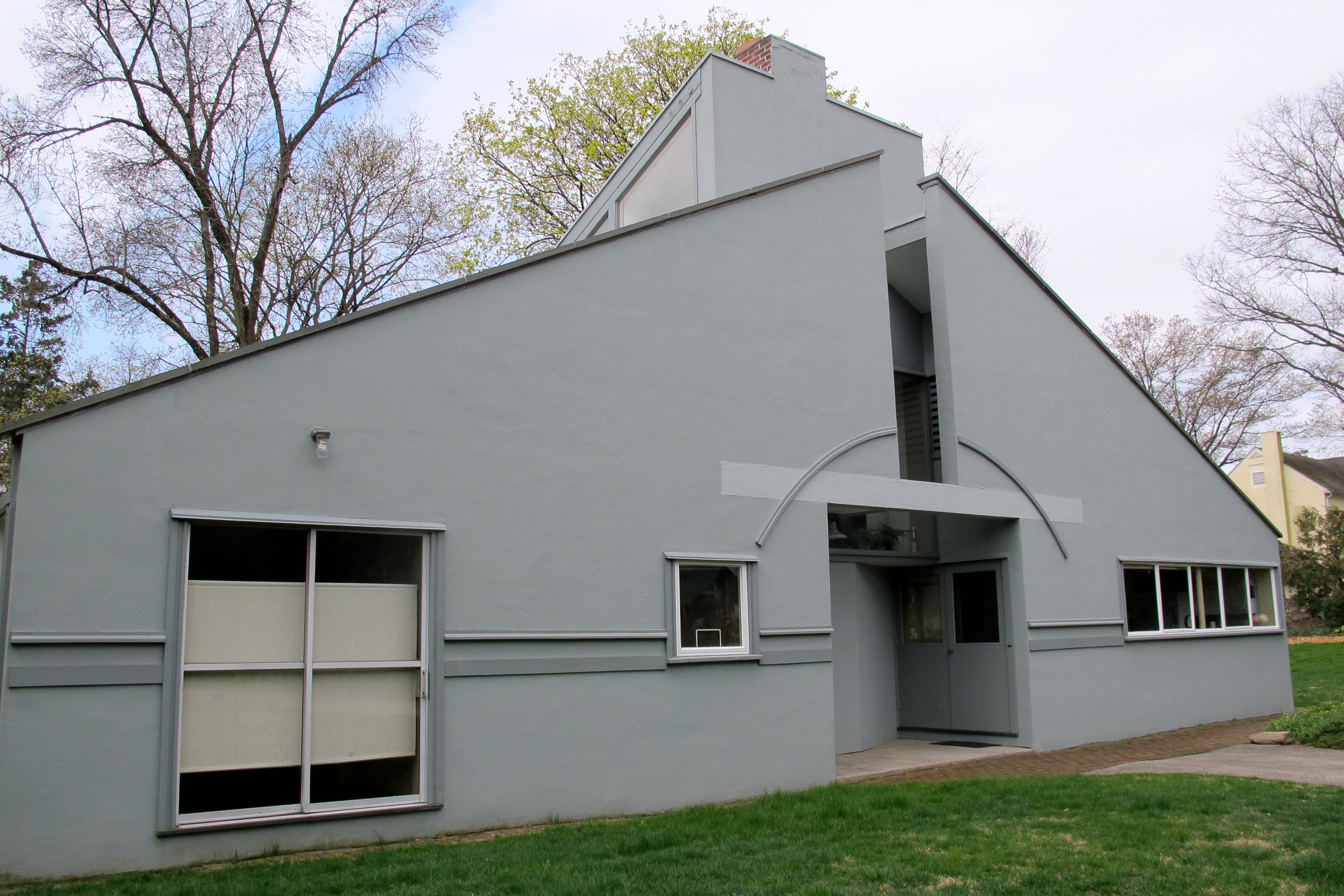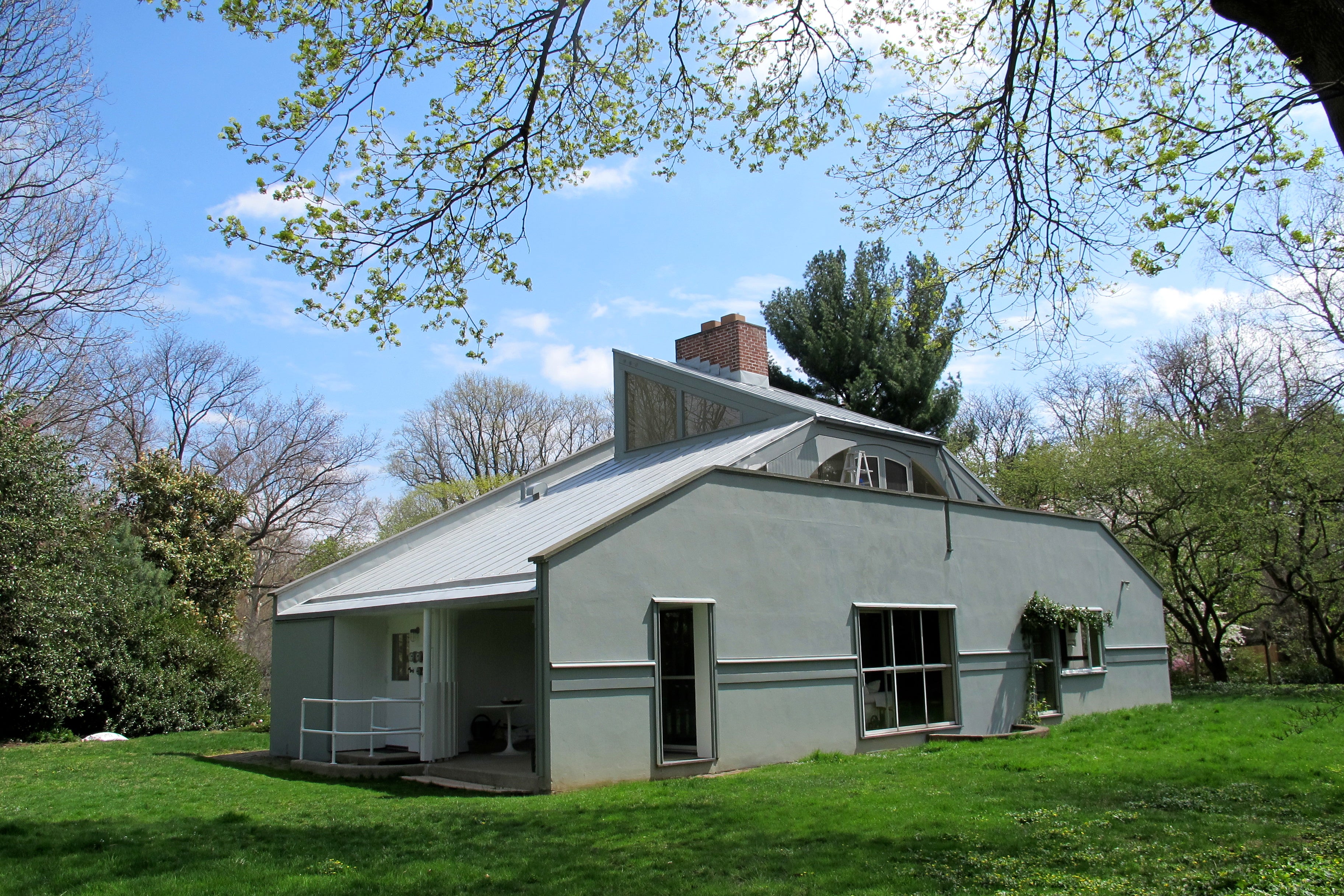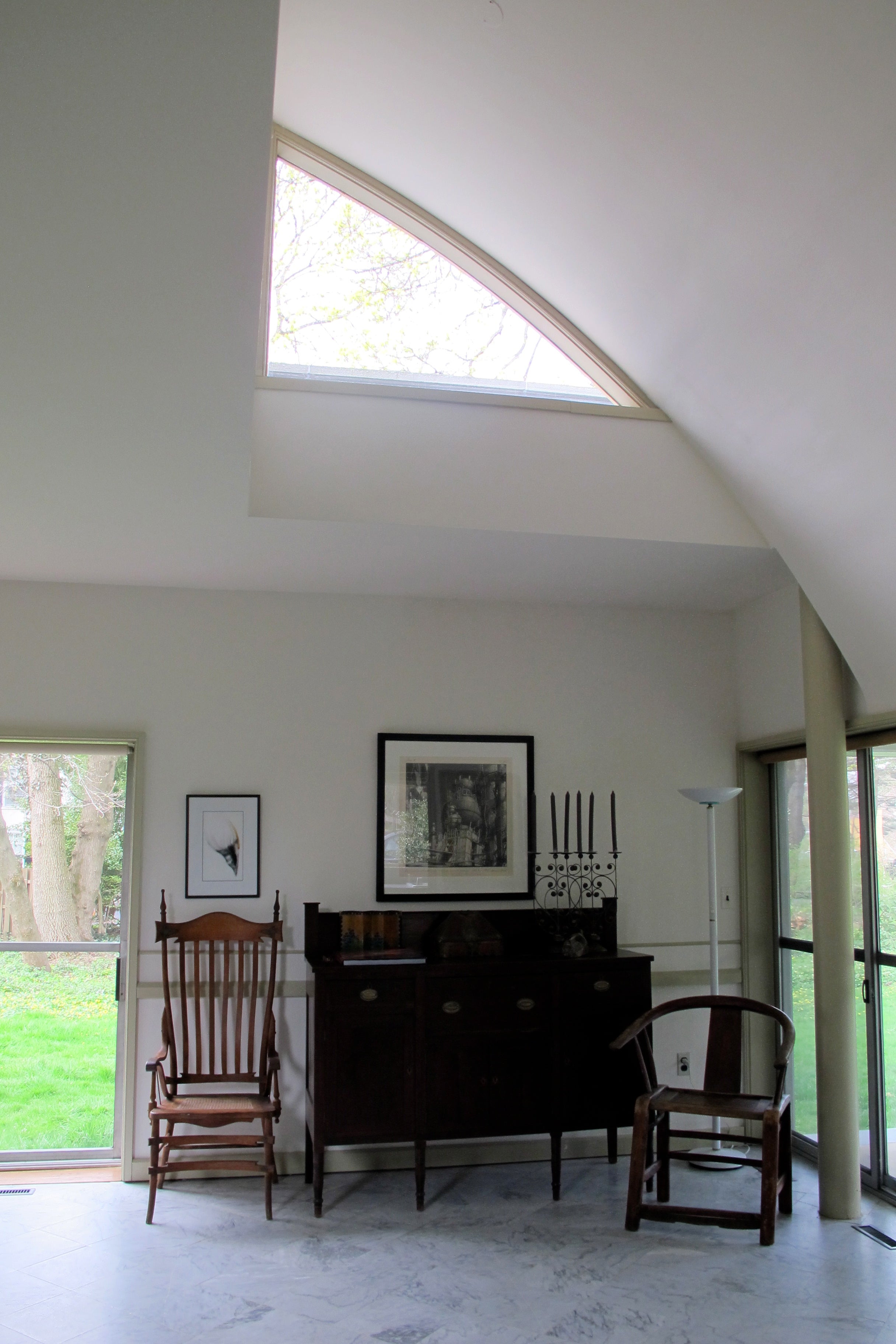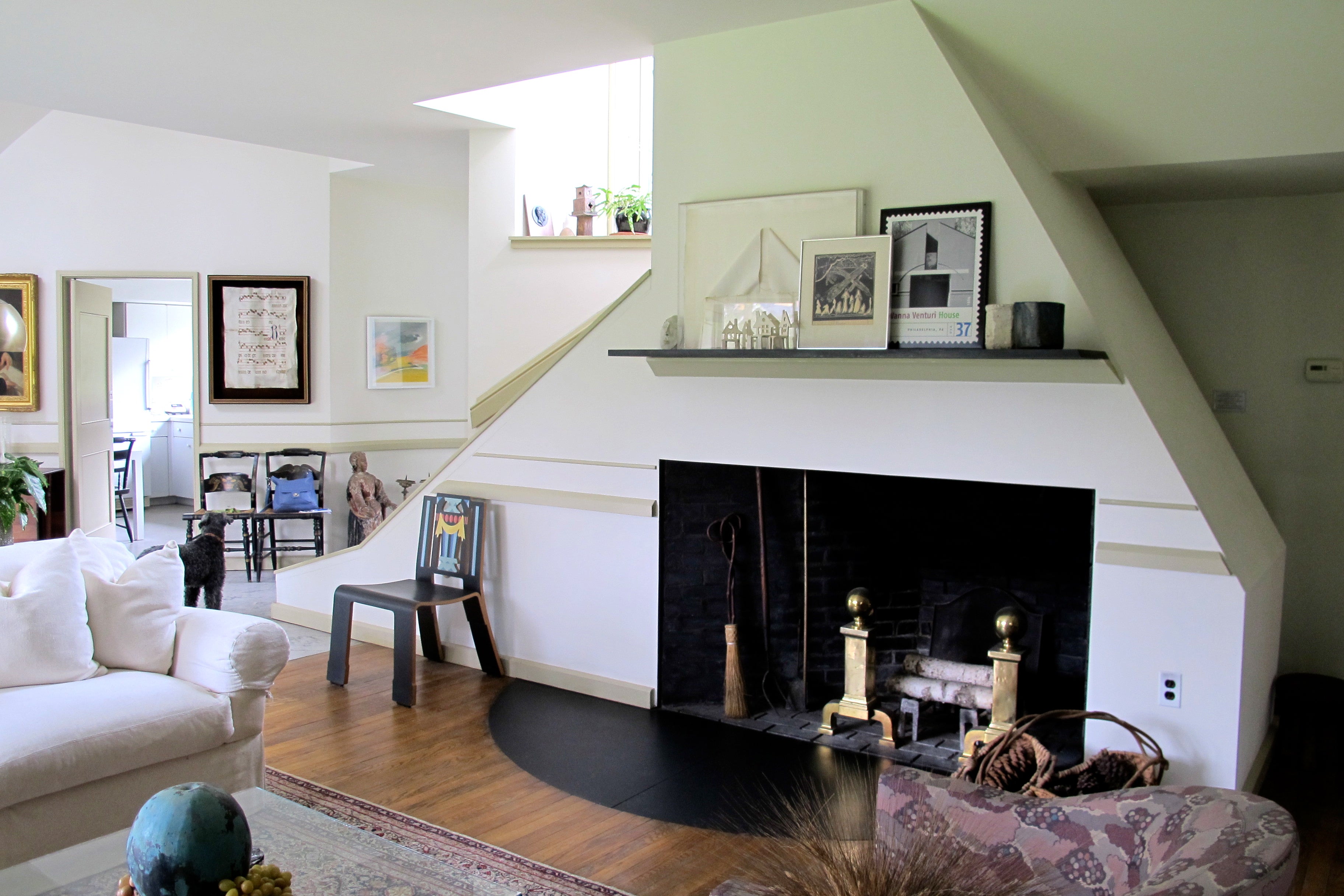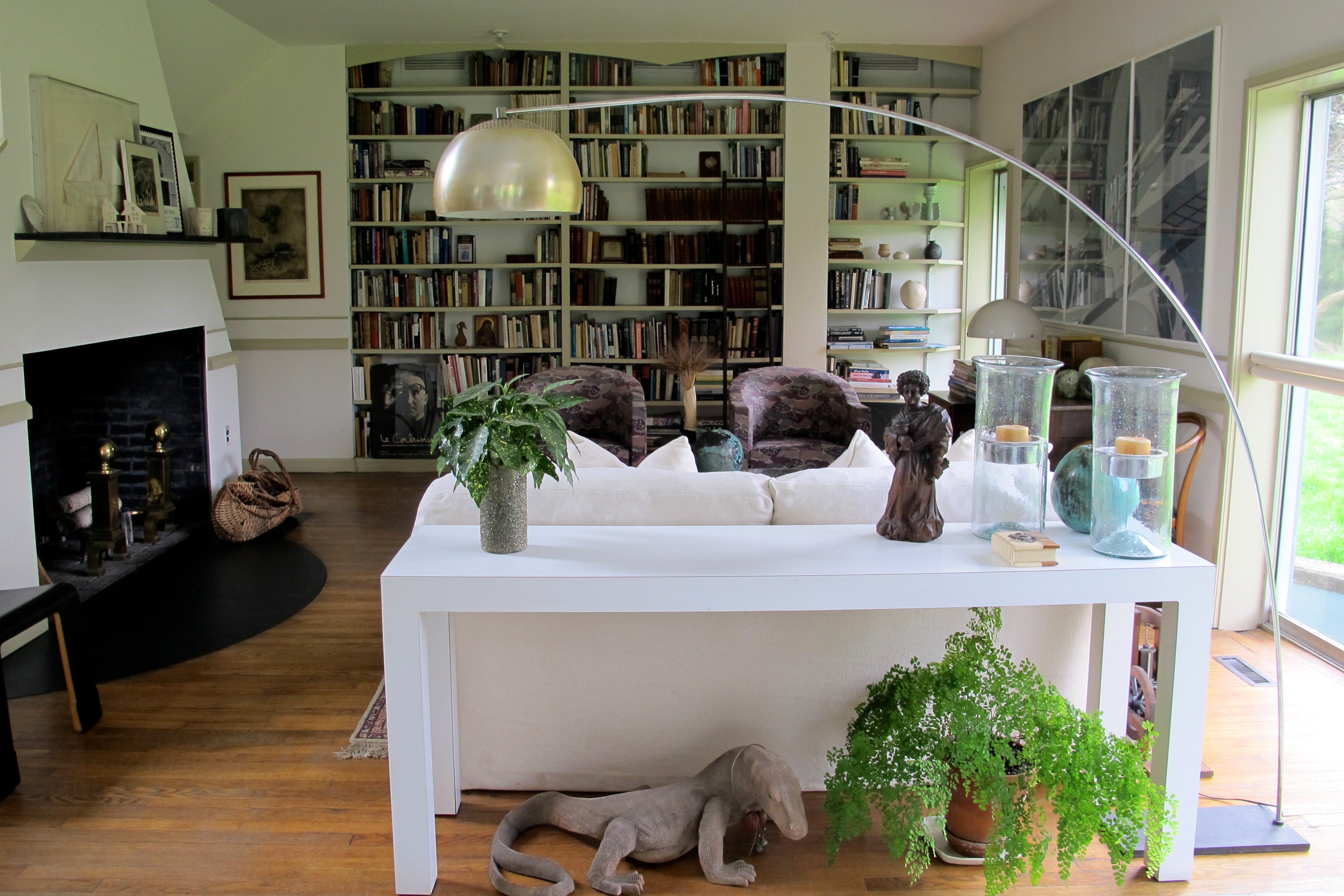Venturi’s Mother’s House faces delicate transition
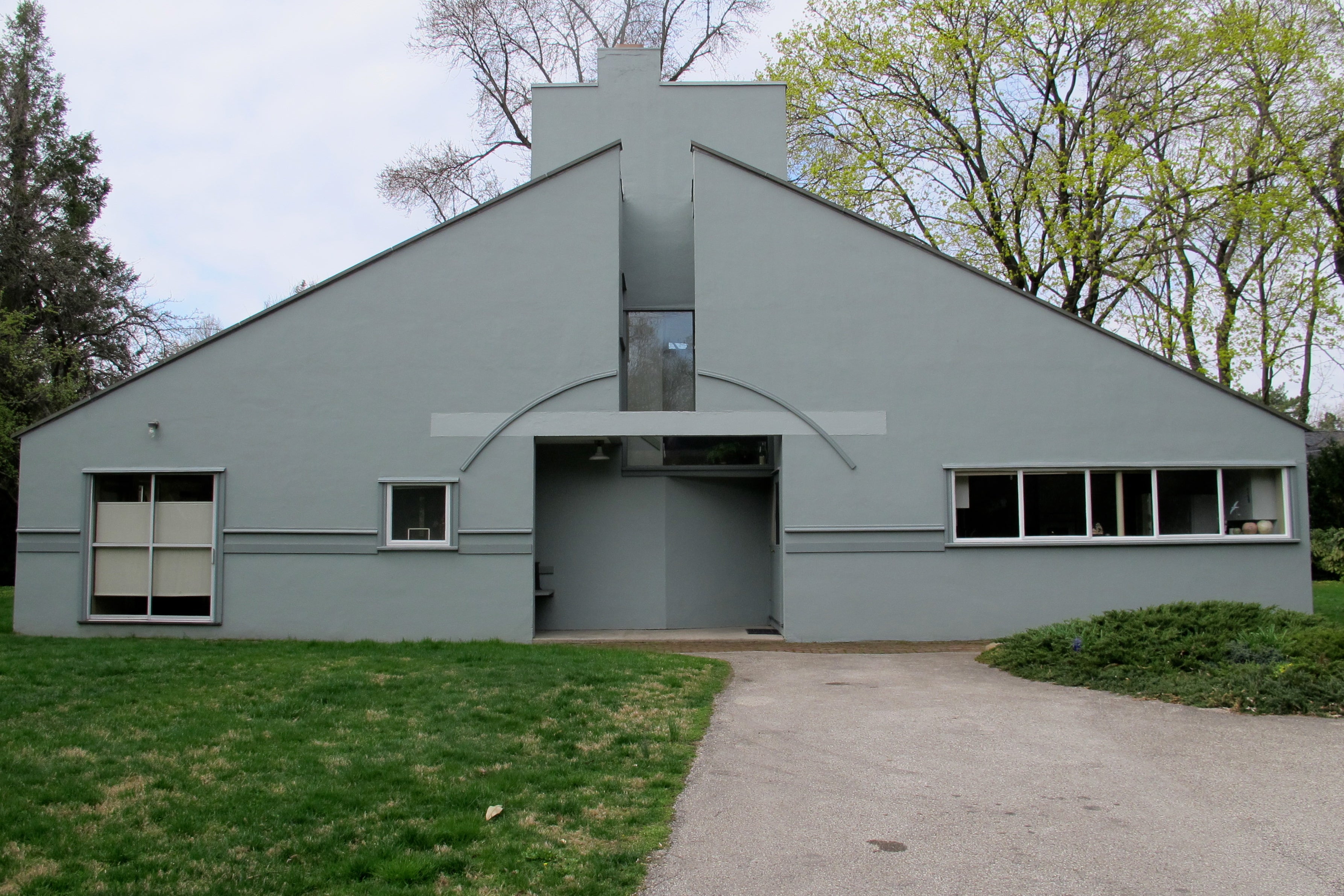
There are few buildings in Philadelphia that changed the landscape of American architecture. The Vanna Venturi House in Chestnut Hill is one.
Architect Robert Venturi built the house for his aging, widowed mother in the 1960s. “Mother’s House” came early in Venturi’s career, but proved an important expression of his design approach, one that rejected the more austere tenets of orthodox modernism in favor of a more human, complex, and playful kind. Its interiors are a delight – from a staircase to nowhere to spaces washed with ever-shifting light.
Two families have owned Mother’s House since it was built, and it is about to have its third. The landmark property was listed for sale this summer at $1.75 million – cheap at twice the price for an internationally known work, but a pretty penny in Philadelphia residential real estate. In this transition Mother’s House faces a generational shift from living landmark into a new phase of its life.
In 2013 I was lucky enough to spend the day at Mother’s House with Agatha Hughes, whose parents purchased the house in 1973, to talk about the family’s careful stewardship of the property and their enduring relationship with designers Robert Venturi and Denise Scott Brown. Hughes knew she’d have to sell the house sooner than later. Her father, a former Penn professor, has since passed away and the time has come.
“To me it’s like a work of art,” Hughes told me, more than a little sad about the emotional prospect of someday saying goodbye. Indeed, it’s a bit more like owning a fine sculpture than a simple piece of real estate.
The Hughes family deserves great credit for treating the house with profound respect and reverence, with a deep focus on maintaining it authentically. Work on the property has been carried out in close consultation with Venturi and Scott Brown and executed by a team of trusted contractors. Agatha Hughes even compiled a notebook covering every detail about the house, from custom paint colors to sources for replacement hardware, to simplify the task of upkeep for the next owners.
When I got in touch with her this month to discuss the sale, Hughes politely declined to comment. But in 2013 Hughes told me she hoped the buyer would want the house for what it is, without a desire to radically alter what her family has labored to maintain so carefully. She mentioned that her father had started conversations about preservation easement for the property, which would be held by the Chestnut Hill Historical Society to ensure its future would be one of only sensitive adaptations.
That the easement was never put on Mother’s House is partly due to a fickle twitch of preservation practice. And despite the preservation community’s interest, the property has not been listed on the Philadelphia Register of Historic Places.
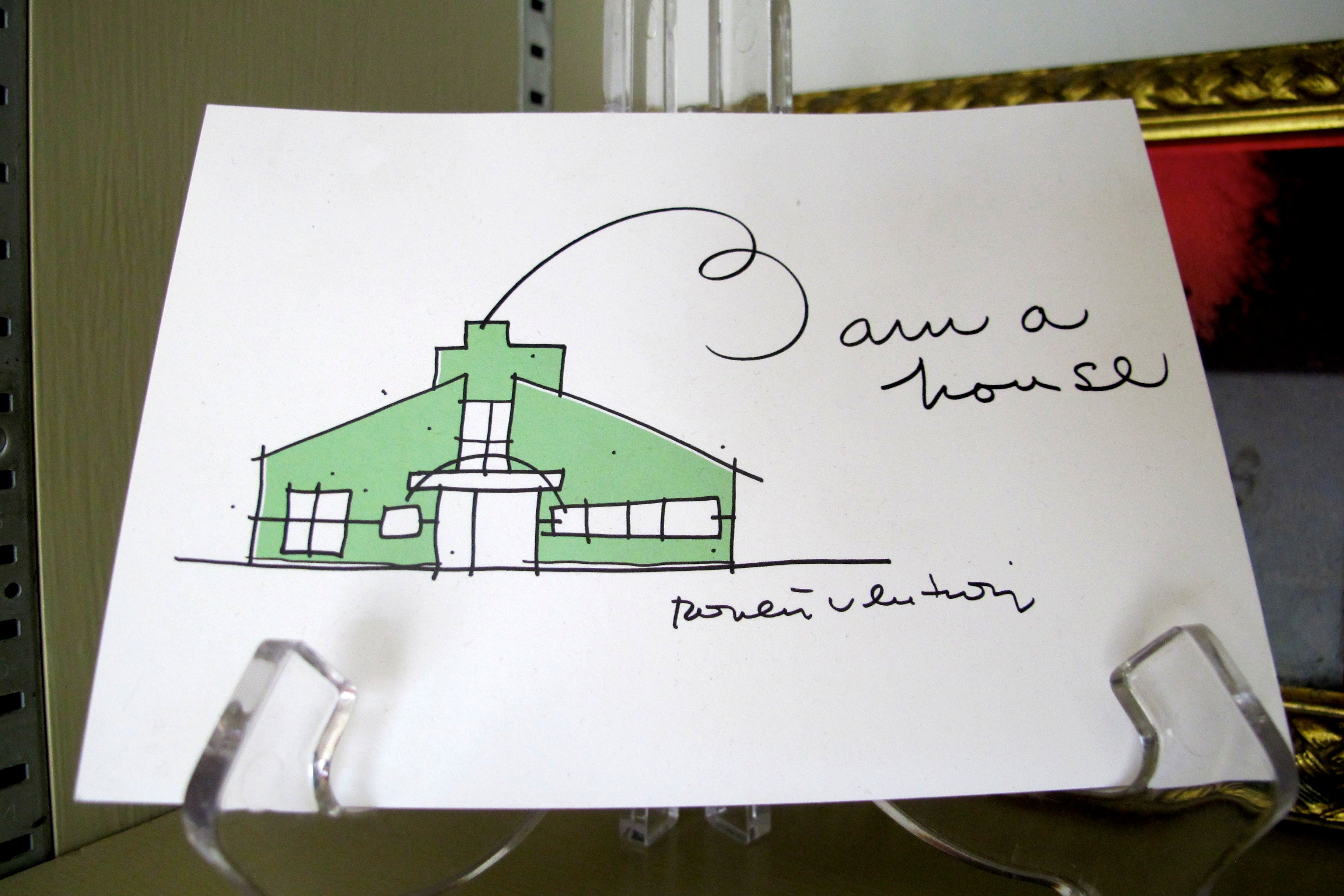
So Mother’s House is being sold without any preservation protections, but that can be chalked up to timing issues more than anything else.
Back in 2002 an effort to list the house as a contributing resource in the Chestnut Hill National Register Historic District was rejected by preservation officials. The reason: There’s a rule of thumb that the National Park Service won’t list buildings in the National Register if the architect is still practicing. Venturi has since retired.
Listing in the National Register is a basic standard establishing historic significance, but it’s also required should an easement donor hope to receive federal charitable tax deductions in exchange. For Mother’s House no listing meant no easement. But that possibility is opening up anew.
The Chestnut Hill Historical Society is currently working to update the neighborhood’s National Register Historic District once again, resurveying 3000 buildings and in particular, seeking to add 90 modernist historic resources like the Venturi House as “contributing” buildings.
Even though Mother’s House is more than 50 years old, the basic age threshold for historic designation, and has an undeniably important architectural pedigree and integrity, the Philadelphia Historical Commission has never considered a nomination for the property. But here again, preservation forces are being mustered to the cause. The Preservation Alliance for Greater Philadelphia has given the Chestnut Hill Historical Society grant funding to nominate modernist historic resources to the Philadelphia Register of Historic Places.
Though that funding isn’t geared specifically at the Venturi House, it’s a likely candidate. A 2010 Preservation Alliance for Greater Philadelphia newsletter stated the alliance’s intent to nominate the Venturi House, noting that it is a key resource identified in its inventory of Philadelphia modernism.
Meantime, however, Mother’s House faces a delicate transition, a twilight zone where its significance is clear but its most passionate caretakers are moving on and aging.
Without an easement or the basic oversight afforded by local historic designation, its next owners would be free to do whatever they want with the property.
Still, Mother’s House is not for everyone. Its proto-post-modernism is bold and vital, and its ownership comes with serious responsibility and high visibility. It’s unlikely the next owner will buy it without an appreciation of its singular significance. And any major alteration would be seen as barbarism. At a price of $1.75 million, it’s not so wildly out of reach that cost alone will protect it. (Million dollar townhouses are selling in Philadelphia without even 2% the character of the Vanna Venturi House.)
Until the city’s preservation community can act, the best we can do is cross our fingers and hope for a sensitive buyer, someone happy to be Mother’s next steward.
WHYY is your source for fact-based, in-depth journalism and information. As a nonprofit organization, we rely on financial support from readers like you. Please give today.



